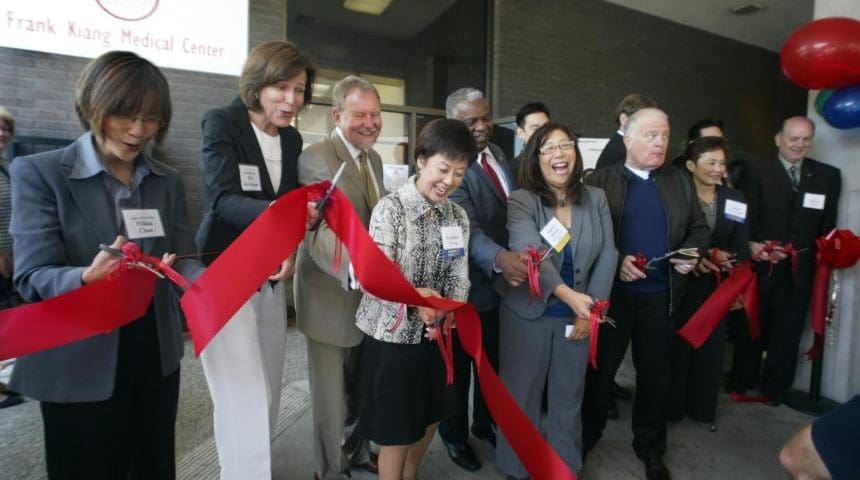

Oakland Tribune My Word: Cutting money to community health centers is false economy
Recently, a patient relaying his health history shared this story with me: A few years back, he was shot multiple times through the chest, jaw and leg. As a small-business owner without health insurance, he was treated at Highland public hospital and received follow-up medical care at Asian Health Services, a community health center in Oakland. Despite the severity of his injury, he is doing quite well today.
This patient is just one of millions whose lives have been affected by community health centers, which provide free and reduced-cost health services to more than 23 million patients each year — many of them children, pregnant women, the disabled, elders and other vulnerable patients.
Health centers such as Asian Health Services are also leaders in providing culturally competent care in patients’ native language as their employees — from doctors and nurses to allied health workers, such as medical assistants and health coaches — tend to reflect the population they serve.
In times of high unemployment, health centers take on an even larger role. As more people are unemployed or have their health insurance cut, the demand for our services goes up.
Meanwhile, national health reform is changing the entire health landscape, including the role of community health centers that will need to transform — including adding services and specialists — as more Californians seek affordable health care. This transformation will take smart planning and resources.
That’s why it was so disheartening that earlier this year Congress reduced funding to health centers by $600 million, despite that health centers have been proven to save money.
A recent analysis By George Washington University estimated that community health centers produced $24 billion in annual health system savings, more than twice their total sources of revenue, including all Medicaid and grant funding combined.
One way community health centers save money is by reducing the number of visits to emergency rooms and hospitals. For example, take a woman who develops a mild skin infection on her foot. She delays seeking care because she doesn’t have insurance. She waits until her foot is too painful to walk on and eventually ends up in the emergency room, and spending three days in the hospital because she needs intravenous antibiotics.
If this woman had visited a community health center when she first noticed her infection, thousands of dollars in medical costs would have been saved. Simply put, an ounce of prevention really does equal a pound of cure.
Community health centers are beacons of quality and cost-effective care. Ensuring their funding will not only equate to cost-savings in the long run, but will help to secure quality care for millions of vulnerable Americans.
I’m a doctor, not an economist. But it is clear from my experiences that making politically convenient cuts to community health centers only leads to greater costs for city and county health departments (who pay for public hospitals and ERs), businesses and everyday citizens (who are stuck with increasing costs of care or insurance).
I understand that elected officials must make tough spending choices, but cuts to health centers are like applying local anesthetic to a wound but not treating it. It may feel good for a while, but then the pain roars back even greater — and spreads.
Jin Kwon is a family physician at the Oakland-based Asian Health Services.
